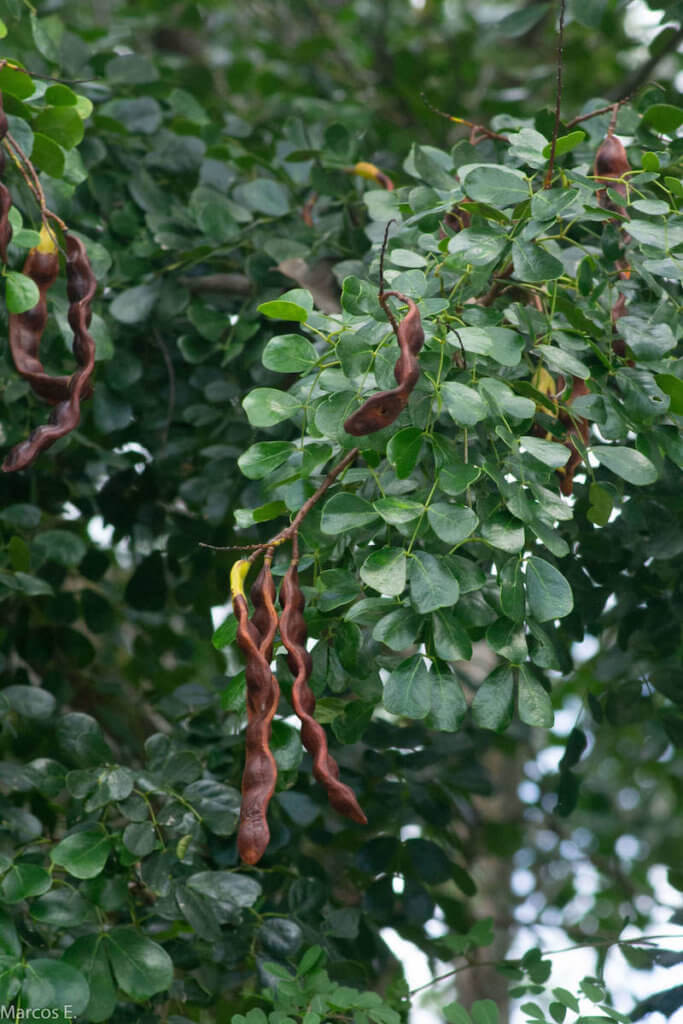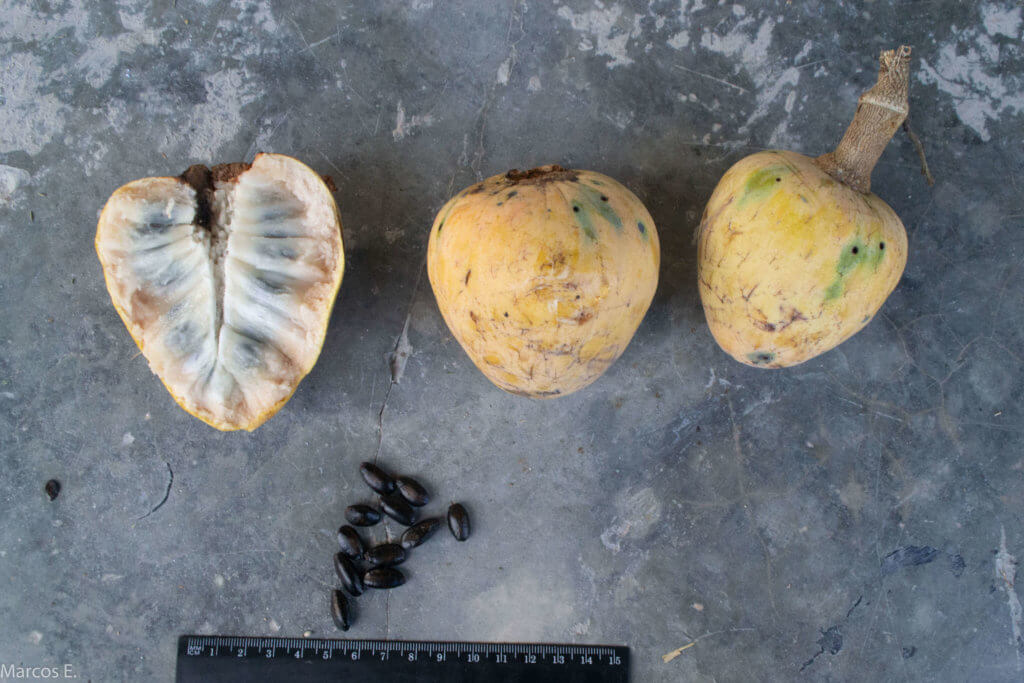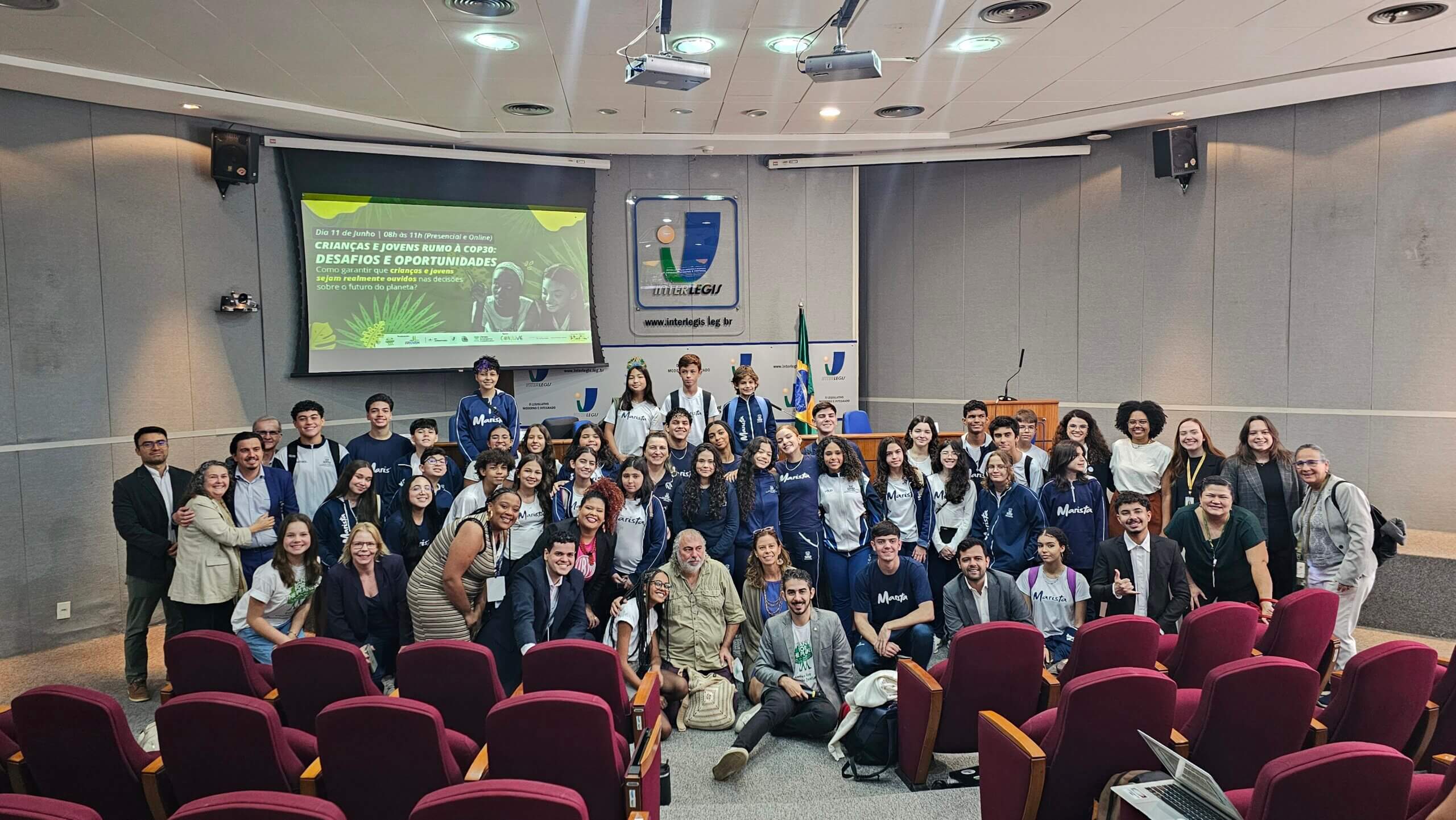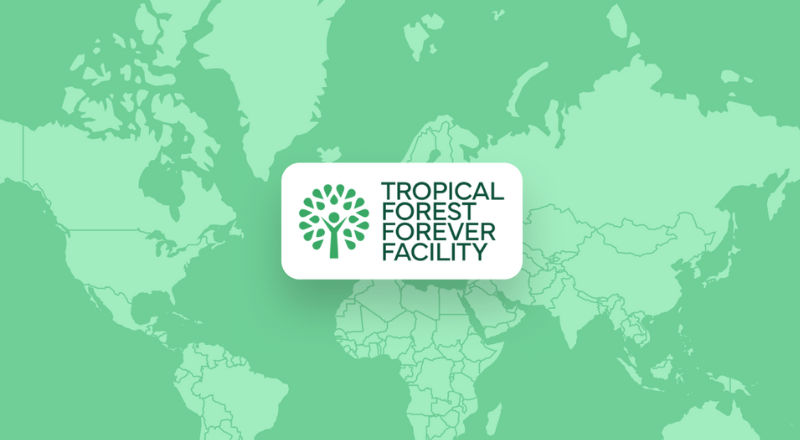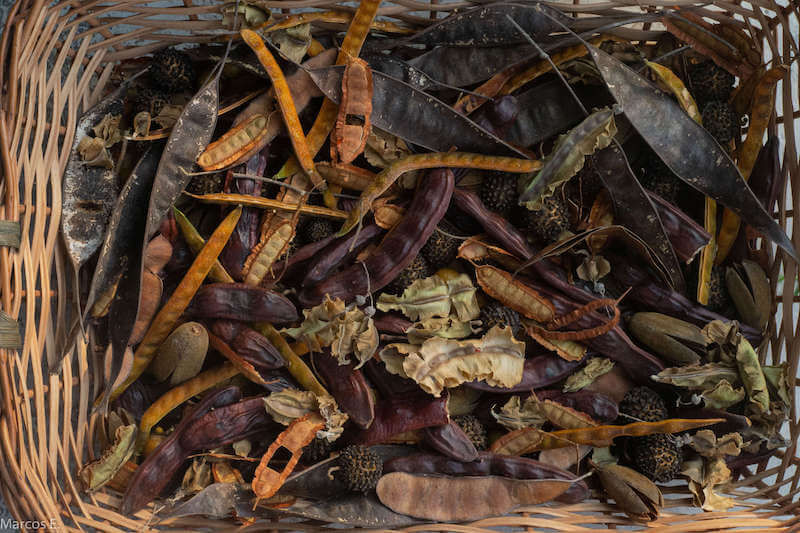
Tree seed dispersal stories from the Yucantan Peninsula.
Like every other living thing on planet Earth, plants are programmed to produce offspring to perpetuate their species. Seeds are one way plants achieve this evolutive goal. Seeds contain a little embryo which – if given the opportunity and the right conditions – will become a brand new plant.
Seeds are the result of a series of processes that start with the development of the reproductive organs of plants, AKA flowers, followed by pollination through wind or a variety of animals (insects, birds, mammals) and the development and maturation of the fertilized ovary, AKA the fruit. But if seeds fall right under its progenitor they will eventually compete directly for ressources (i. e. sun, water, space, nutrients). To prevent this, evolution has selected different ways for immobile plants to spread their seeds away from the mother plant. Today, amigos, we will learn about some of these mechanisms of seed dispersal.
Sorry we’re closed OR Release the kraken
Once the fruits are mature there are two main mechanisms that plants and trees will use: they will either keep the seeds inside the fruit or or open the fruit by some mechanism and release or expose the seeds. The first kind of fruits are called “closed” and the second ones are called “dehiscent.” These names of these mechanisms or fruit characteristics are related to the form of seed dispersal. Birds, monkeys, bats and other animals will eat and swallow whole fruits and release the seeds later elsewhere with a nice amount of organic fertilizer (i.e. their poop). Those fruits open up when they are ripe exposing their seeds for animals to see or simply release them for gravity or wind to do the rest of the job.

Fruits of Fierrillo (Caesalpinia vesicaria) 
Fruits of Anona (Annona reticulata)
The Cabo de Hacha tree (Trichilia hirta), one of the new pioneer species Plant-of-the-Planet is working with this year, has dehiscent (opening) fruits. They turn purple-redish when ripe and open their three valves exposing the bright red oily “flesh” that covers the seeds. The seeds then are dispersed by birds.
KaTree Ka Boom
One extreme case of opening fruits are the explosive ones. YES. E-X-P-L-O-S-I-V-E. These kinds of fruits are violently torn apart by build up internal pressure or when a critical temperature is reached. Seeds then are thrown away from the mother plant. Yax k’iin che’ (Caesalpinia yucatanensis), an endemic faboid of the Yucatan Peninsula and another species we are working with this year, has explosive fruits. The two valves of the fruit end up all twisted after detonation and they make a pop sound when they explode. This happens usually when the sun is hottest.
I believe I can fly
Finally, some seeds have structures that look and function like a wing. Once the fruit opens, only the gentlest breeze is required for these seeds to take flight and travel several meters or even kilometers away from the mother plant. Red cedro (Cedrela odorata) seeds have one single wing which makes them rotate like a helicopter — although some will argue that this is not technically flying but falling with style.
Anyways these are some of the cool ways the Yucatan species make sure to reach new sites and establish the next generation of trees.
Author: Marcos Escobar, Manager of the Seed Program, Plant-for-the-Planet, Yucatán
